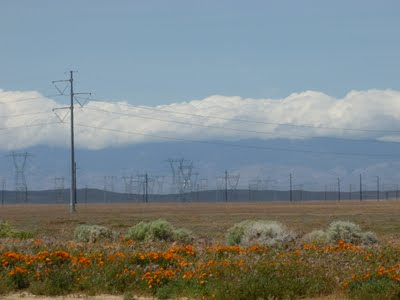Five Reasons to Let the Wind PTC Expire, And Reinvest in Solar and Efficiency

The Production Tax Credit (PTC) -- a 2.2 cent per kilowatt-hour (kWh) credit for wind energy corporations -- is set to expire at the end of 2012, and a bevy of corporations and environmental organizations are calling on Congress to renew it immediately. The tax break costs $1 billion dollars a year, which is much smaller than the subsidies Congress is giving to the fossil fuel industry, but has still drawn opposition from Congress and, of course, the fossil fuel industry. We should oppose the Wind PTC, but for much different reasons than those put forward by its traditional opponents. The bottom line is that wind energy does not meet even a modest "green" standard, and we should be putting our money to much more sustainable energy generators. Our energy choices (mistakes?) so far have ensured that we will feel the effects of climate change for hundreds of years -- rushing to deploy a destructive and subpar "bridge" technology will only cost us more in the long...


